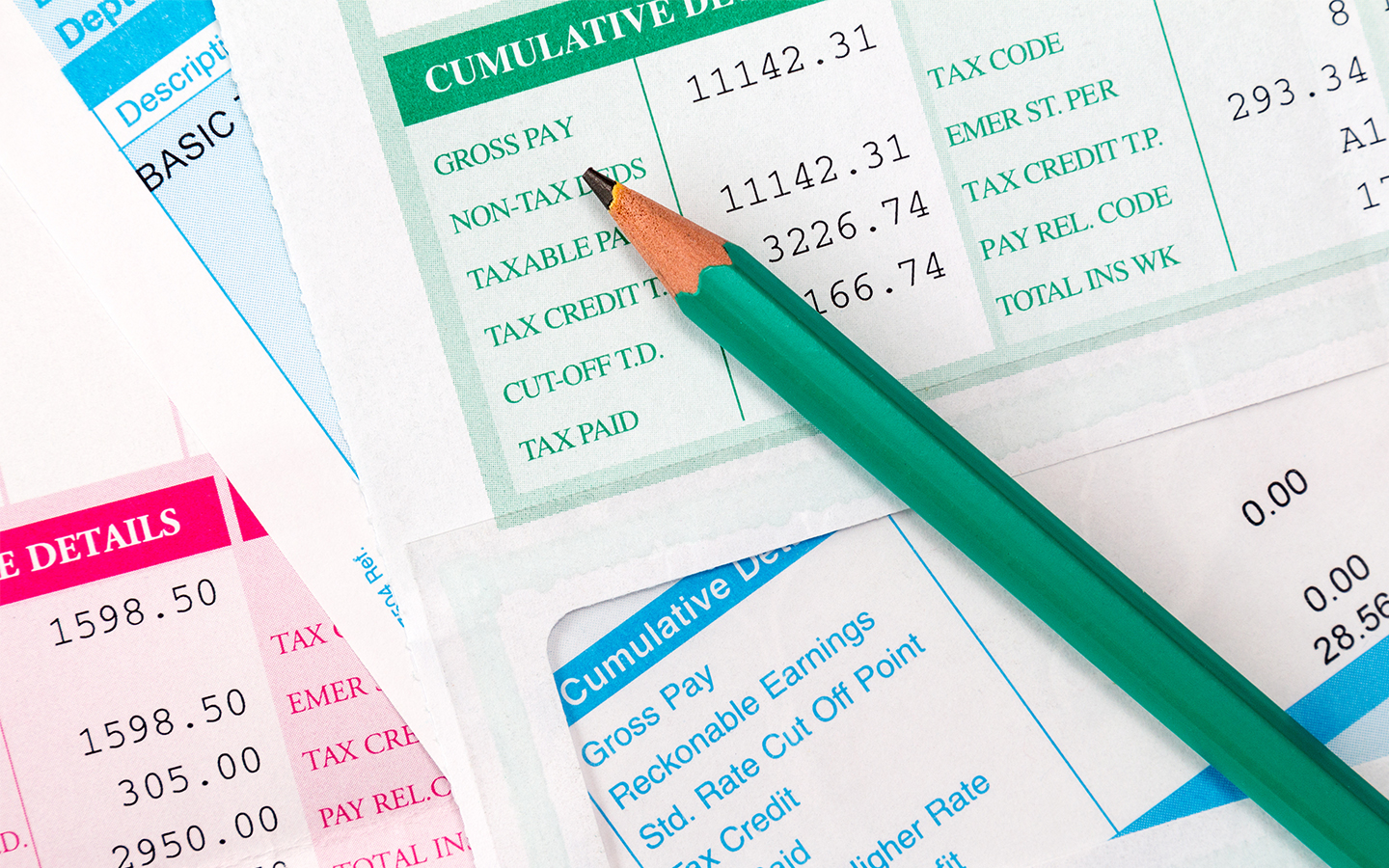On July 1, 2019, the United States Department of Labor (“DOL”) issued three new opinion letters from the Department’s Wage and Hour Division (“WHD”), clarifying its position on payroll practices and compliance with the Fair Labor Standards Act (“FLSA”).
Bonus Payments
The first letter clarified whether the FLSA requires an employer to include a fixed-percentage nondiscretionary bonus in calculating an employee’s weekly rate of pay. According to the letter, an “employer may base a nondiscretionary bonus on work performed during multiple workweeks and pay the bonus at the end of the bonus period,” but “is not required to retrospectively recalculate the regular rate if the employer pays a fixed percentage bonus that simultaneously pays overtime compensation due on the bonus.” In the facts presented, the employee’s annual bonus was not tied to straight-time or overtime hours, but was instead one percent of the journey straight-time hourly rate. Thus, the employer must recalculate the regular rate for each workweek in the bonus period and pay any overtime due. But the employee’s quarterly bonus was fifteen percent of straight-time and overtime wages, meaning that the employer need not recalculate the regular weekly rate of pay.
Paralegal Exemption
In the second letter, the WHD clarified that paralegals may fall into the highly compensated employee exemption from the FLSA’s minimum wage and overtime requirements. The WHD found the paralegals in question to be exempt as their primary duties included non-manual work, they were compensated at least $100,000, and they regularly performed at least one administrative duty (e.g., keeping and maintaining corporate records), thus meeting all of FLSA Section 13(a)(1)’s exemption requirements. These paralegals were distinguished from non-exempt paralegals that were not highly compensated and did not qualify for the separate administrative exemption as their primary duties did not include independent judgment on matters of significance. Employers should note that a proposed rule by the DOL is currently pending that would raise the highly compensated salary threshold from $100,000 to $147,000.
Rounding Hours
In the third letter, the WHD clarified that a certain organization’s hour-rounding practices are permissive under the Service Contract Act (“SCA”), which uses FLSA principles to determine hours worked. The FLSA allows rounding to the nearest five minutes, one-tenth of an hour, one-quarter of an hour, or one-half hour as long as the rounding averages out so that the employees are compensated for all actual work time. The organization here converted an employee’s worktime into a six decimal point number and then rounded that number to two decimal points—if the third decimal is less than .005, the second decimal stays the same (e.g., 6.784999 rounds down to 6.78 hours); but if the third decimal is .005 or greater, the second decimal rounds up by 0.01 (e.g., 6.865000 rounds up to 6.87 hours). This practice was compliant with SCA/FLSA principles.

